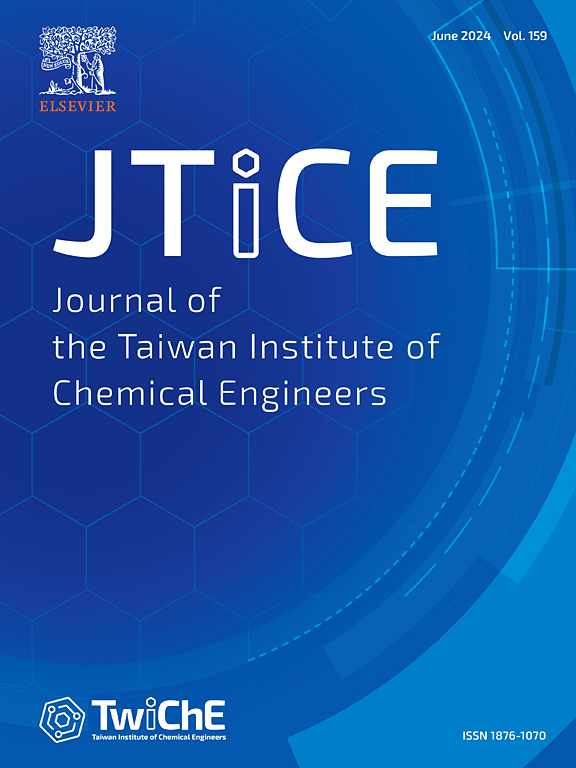Facile fabrication of 3D structure of carrageenan gel at room temperature and spontaneous formation of carrageenan microgels
IF 5.5
3区 工程技术
Q1 ENGINEERING, CHEMICAL
Journal of the Taiwan Institute of Chemical Engineers
Pub Date : 2025-01-07
DOI:10.1016/j.jtice.2025.105953
引用次数: 0
Abstract
Background
Carrageenan is a linear, charged polysaccharide that is commonly used as food hydrocolloids and drug carriers.
Methods
After differentiating the gelling mechanisms of hydrogen bond and cation-bridge, this study presents a novel and facile method for obtaining carrageenan hydrogel that can be easily shaped into capsules and free-standing films at room temperature.
Significant findings
In this work, the bio-natural polymer carrageenan is used to develop (1) weak gels for biodegradable 3D printing ink, and (2) spontaneously formed microgels that serve as a supporting medium for 3D printing. A weak gel based solely on hydrogen bonds is developed, which can subsequently be transformed into a strong gel by introducing cation bridges. Therefore, the weak gel can serve as biodegradable 3D printing ink for producing structures by injecting it into a supporting medium containing specific cations. When the carrageenan concentration is low, the bulk gel fails to form. However, the micron-sized microgel can still form spontaneously due to cation-bridges, rather than hydrogen bonds. The dispersion of carrageenan microgels shows both yield stress and viscoelasticity. Upon centrifugation, the concentrated dispersion displays self-healing ability and can serve as a supporting medium for 3D printing.

求助全文
约1分钟内获得全文
求助全文
来源期刊
CiteScore
9.10
自引率
14.00%
发文量
362
审稿时长
35 days
期刊介绍:
Journal of the Taiwan Institute of Chemical Engineers (formerly known as Journal of the Chinese Institute of Chemical Engineers) publishes original works, from fundamental principles to practical applications, in the broad field of chemical engineering with special focus on three aspects: Chemical and Biomolecular Science and Technology, Energy and Environmental Science and Technology, and Materials Science and Technology. Authors should choose for their manuscript an appropriate aspect section and a few related classifications when submitting to the journal online.

 求助内容:
求助内容: 应助结果提醒方式:
应助结果提醒方式:


